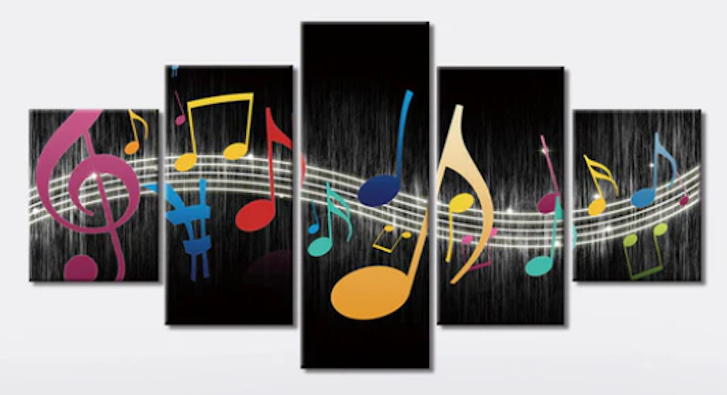
 |
|
|
|
The Evolution of Pop Music: A Journey Through Time: :Country, folk, and rock music: The Fusion of Country, folk, and rock music: Country, folk, and rock music are deeply interconnected genres, with shared roots and a long history of mutual influence. Here's how they are associated and how they interact: 1. Common Roots All three genres draw from early American roots music, including: Blues Appalachian folk traditions Gospel Western swing and honky-tonk (especially for country) These shared origins mean that the genres often use similar instruments (acoustic guitar, banjo, fiddle, harmonica), chord progressions, and storytelling styles. 2. Folk and Country Folk tends to be more narrative and socially conscious, while country focuses on personal storytelling, often tied to rural life and values. Artists like Woody Guthrie and later Bob Dylan helped define folk as a vehicle for protest and commentary, but Dylan also drew heavily from country forms. The "folk revival" of the 1950s-60s overlapped with Nashville country traditions, especially as artists began blending acoustic styles. 3. Folk and Rock The early 1960s saw the rise of folk-rock, a hybrid genre led by Bob Dylan (especially after going electric in 1965) and The Byrds. Folk-rock fused acoustic, lyrical introspection with the backbeat and energy of rock, allowing rock to grow more sophisticated and politically aware. Later bands like Simon & Garfunkel, Crosby, Stills, Nash & Young, and Joni Mitchell continued this fusion. 4. Country and Rock Rockabilly in the 1950s (e.g., Elvis Presley, Carl Perkins, Johnny Cash) was an early blend of country and rhythm & blues, forming the bedrock of rock music. In the 1970s, country-rock emerged with bands like The Eagles, Poco, and Gram Parsons (who worked with The Byrds and The Flying Burrito Brothers). Later, Southern rock (e.g., Lynyrd Skynyrd, Allman Brothers) combined rock guitar with country themes and instrumentation. 5. Crossover and Modern Influence The lines between genres have blurred further in recent decades: Alt-country (e.g., Wilco, Uncle Tupelo) mixes indie rock with classic country tones. Americana is an umbrella term for this blend of folk, country, and rock. Modern artists like Kacey Musgraves, Chris Stapleton, and even Taylor Swift have crossed genre boundaries freely. 6. Cultural and Lyrical Overlap All three genres value: Storytelling: Narrative songs about love, hardship, and identity. Authenticity: A sense of "realness" or emotional truth, often tied to personal or political struggles. Regionalism: Tied to place-Appalachia, the American South, the West. In short, country, folk, and rock have always been in conversation, evolving together and influencing each other to form much of what we now consider popular music. |
|
|